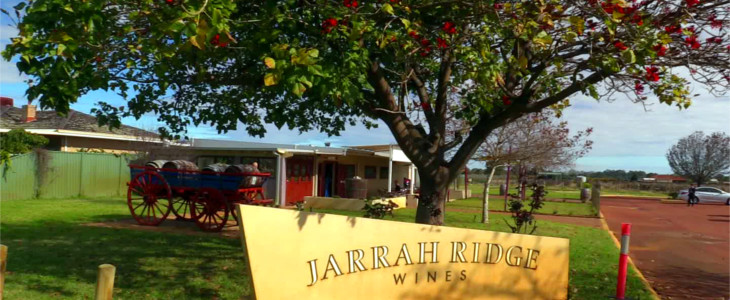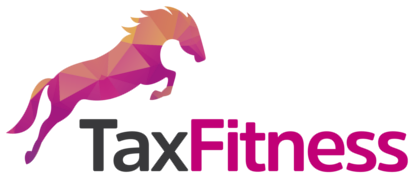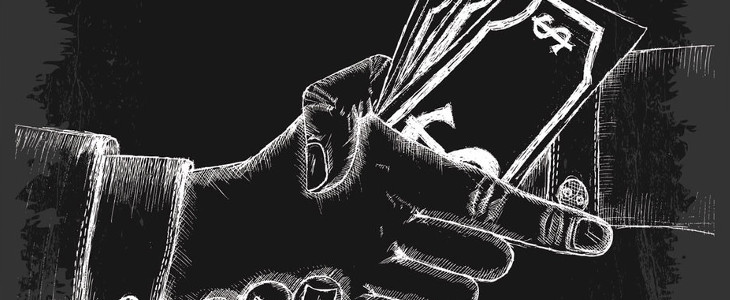Tax Planning Strategy 201 | Wineries & the Wine Makers WET Rebate

- Immediate deduction for the cost of fencing and water facilities such as dams, tanks, bores, irrigation channels, pumps, water towers and windmills.
- Access to the Farm Management Deposit Scheme.
-
Tax averaging.
In addition, since 2004 wine makers have been able to access the WET (Wine Equalization Tax) Rebate and claim back the WET they have paid. The WET tax was introduced as part of the GST in 2000 and is calculated as 29% of the wholesale value of wine sold to retailers. Although the maximum WET rebate is $500,000 per year, this will fall to $350,000 on 1st July 2017 and $290,000 on 1st July 2018.
From 1st July 2019, tightened eligibility criteria for the WET rebate requires a wine producer to own a winery or have a long-term lease over a winery and sell packaged, branded wine domestically. Virtual winemakers who have no connection to vineyards or wineries, but buy bulk and repackage bulk wine will be unable to claim the rebate. In addition, from 1st July 2017 the excise refund scheme will be extended to domestic producers of whisky, vodka, gin, liqueur and producers of low strength fermented beverages such as non-traditional cider. Eligible breweries can claim a refund of up to 60 per cent of excise paid, up to $30,000 per financial year.
"You’d be stupid not to try to cut your tax bill and those that don’t are stupid in business"
- Bono: U2




